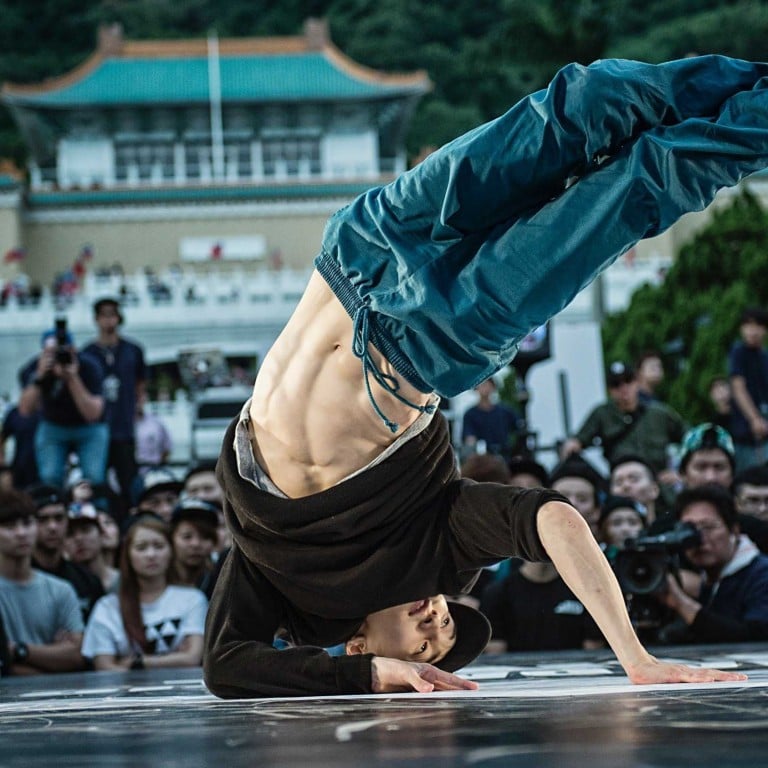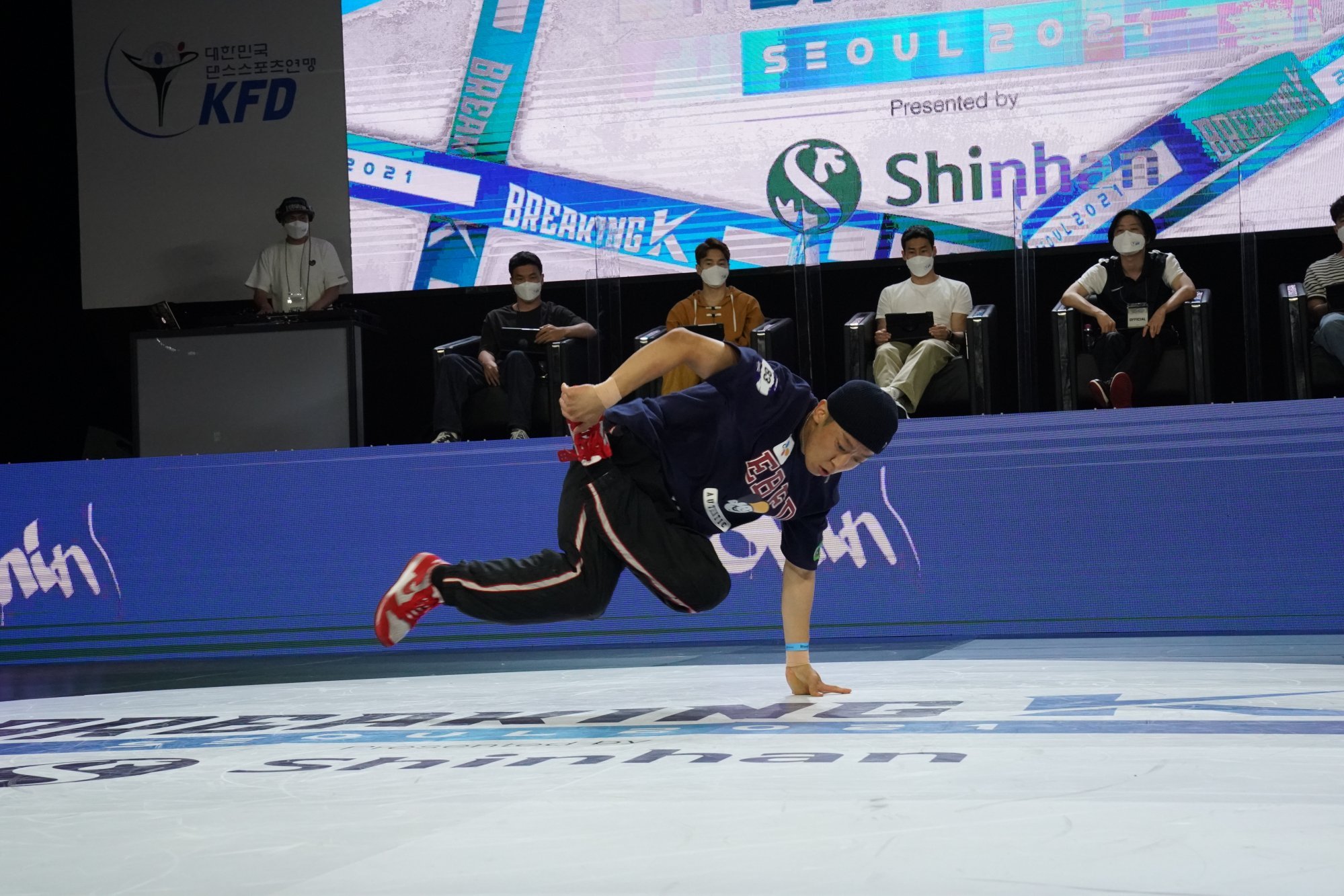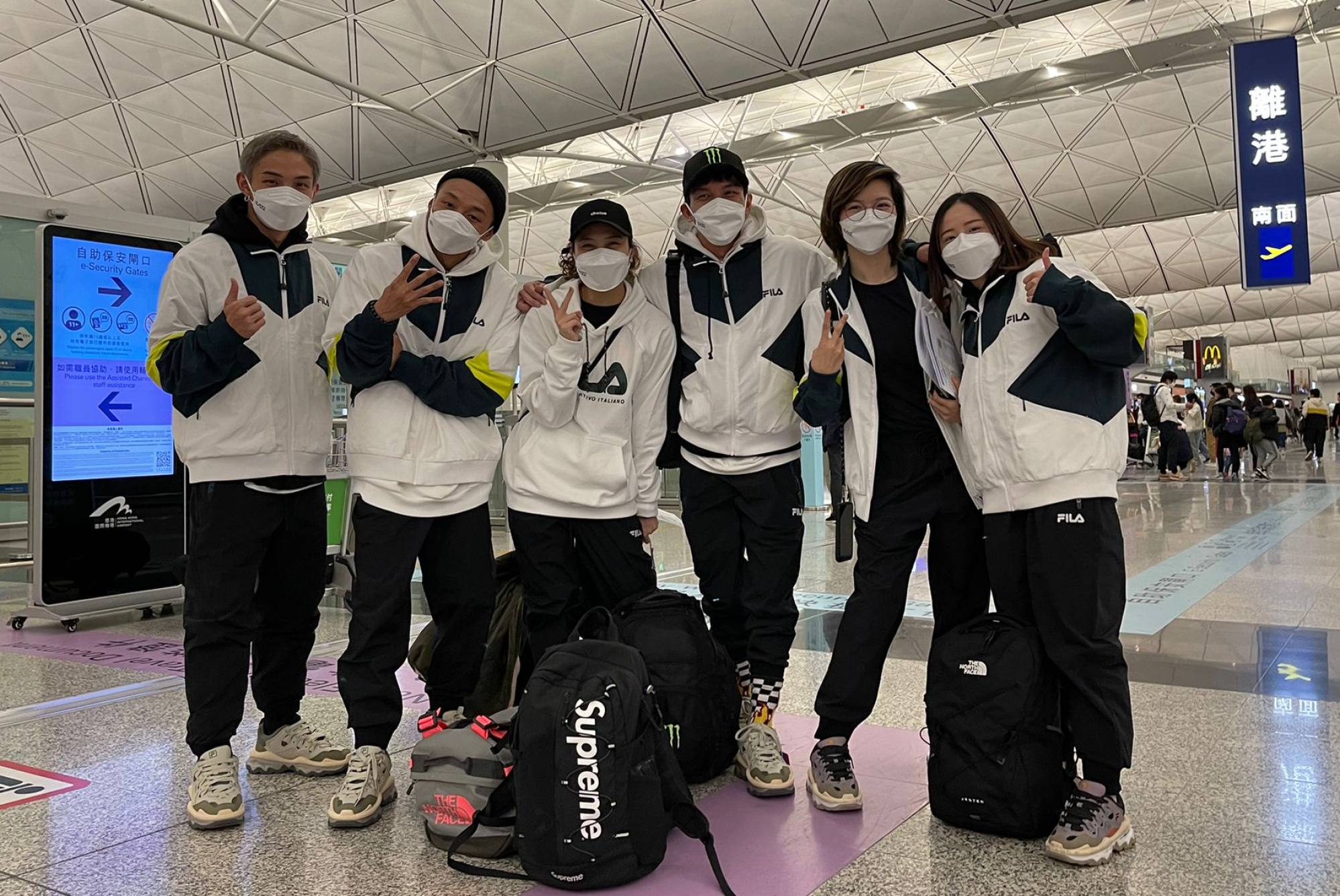
South Korean breakdancers look beyond the Olympics to mainstream culture – ‘it can be very big from a business perspective’
- With increasing TV prominence and management agencies, and professional leagues in the works, Korean breaking is entering a new era
- Bboy ‘Skim’ of the legendary Jinjo Crew urges fledgling nations to ‘appeal to people, even those not interested in dancing’
Hong Kong and surrounding Asian breakdancing minnows should be doing everything they can to tap into the mainstream, says Korea Breaking Federation founder Kim Heon-jun.
Having been through his fair share of part-time job-juggling and batting away the naysayers, Kim now leads a new era of Korean breaking – one that gravitates to its ever-booming entertainment industry – and hopes the rest will follow suit.
“We are living in the age of the fourth dimension,” Kim said, adding that Covid-19 restrictions have actually streamlined communication and decision-making between the nation’s Bboys and Bgirls.

“By that, I mean the metaverse, virtual reality, AI, all these things. But even as we go into this age, robots can never replace us. They will never dance the way we do.
“We are still improving our standards and it’s becoming easier for people to earn money. Dance can be very big from a business perspective.”

Some consider it to have plateaued by 2010, despite Korea currently being ranked world No 2, only behind the US. Japan are third, before a big drop-off for the rest of the continent.
Founded in 2001, Jinjo Crew did not take long to navigate the bureaucratic hold-ups and social stigma to contend on domestic and international turf.
They became the first crew ever to win all five international breaking majors (the “breaking grand slam”) and boast a trophy cabinet literally too big for their offices.
“Korean breaking is quite developed, but the dancing levels are different across Asia,” Kim said.
“We hope every country can get more government funding, but any struggling dancers are already always organising competitions by themselves with little-to-no support.
Hong Kong breakdancers plea for 2024 Olympics backing
“If they really want help, they cannot just say, ‘OK, I like dancing, I will just focus on dancing’. It doesn’t work.
“You have to reach out to people – even those who aren’t interested in dancing. You have to make your group appealing. We’re not just waiting for opportunities, but making them ourselves,” Kim added.
“My advice is don’t wait – act. Don’t just focus on dancing. Reach out and knock on people’s doors.”

After breaking’s inclusion in household name TV programmes – namely Mnet’s dance survival show Street Woman Fighter – Korea’s foot is firmly in the door.
By popular demand, there will be the men’s-equivalent Street Man Fighter to be released in the summer, while renowned Korean-American artist Jay Park will be appearing in JTBC’s new Titled Showdown dance survival first aired last month. Jinjo and other big-name crews such as Fusion MC and Gamblerz feature throughout.
“Korean breakers won’t insist on performing only the conventional styles,” said Kim, teasing his new agency project, ZinHipz, which unlike Seoul’s other entertainment conveyor belts will not focus on singers and actors, but “dancers only – and the public reaction has been really good so far”.

“We are always sensitive to rising trends and combine styles on the outside world with, for example, K-pop, kung fu and jumping. We’re not just emphasising the skill, but our culture – past, present and future – all in one performance.
“Some breakers from other countries may prioritise skill and originality – which of course is good – but only appeals to loyal breaking fans, not the general public. It might even make it more difficult to get funding.”
Hong Kong breakdancers aim for historic Olympic qualification
Hong Kong breaker Jessica Siu Yue-pui, or “Mirage”, often travels to Korea, Japan and the UK for training camps and competitions. She encapsulates everything Kim has been calling for.
However, it is up to individuals or crews to raise money for events, domestic or international.

Siu, who finished in the top-15 of her world championships category in the past, is a HKDSA committee member and oversees local crew UTLR852. She has started countless crowdfunding initiatives for competitions and her recently opened dance studio.
“The difference between training in Korea and other countries is definitely the professionalism,” said Siu, who also has a full-time job in animation.
“No matter where I’ve gone, Korea is number one. I always feel I learn and get a different perspective. Other countries say ‘you should just train more’ or ‘you should just find more time’. But when it comes to actually thinking about the future and building, this is the information I’m looking for.

“Many athletes will be looking at the 2024 Olympics, but don’t know how to answer ‘what’s after?’.
“Jinjo has been achieving what people are only achieving now 10 or 15 years ago. They are so far ahead and it’s something everyone should learn from. Skim looks at breaking as a business – not being too invested in one thing – and how to inspire the culture.”
Kim, who goes way back with Siu, said cross-country training is a good way to “share ideas” both in breaking and business.
He described his ongoing effort to bridge the “misunderstandings between the professional [dancers] and the public”.
“We don’t know what the public wants, and the public don’t know what the Bboys and Bgirls are doing,” Kim said.
“By sharing, we can create synergy and get more ideas to flow – to know what fits for the public, what the leaders think, and how to collaborate in future.
“The Paris Olympics is a big issue for breakdancers in Korea, of course, but I am thinking beyond that – not just bringing a team there or winning gold medals.
“I am mostly thinking about the opportunities this bring to others. I want people to be talking about breaking after it.”
On the horizon, Kim is organising a professional breaking league where dancers can represent their respective crews, sponsors and brands.
Additional reporting by Patrick Suen

